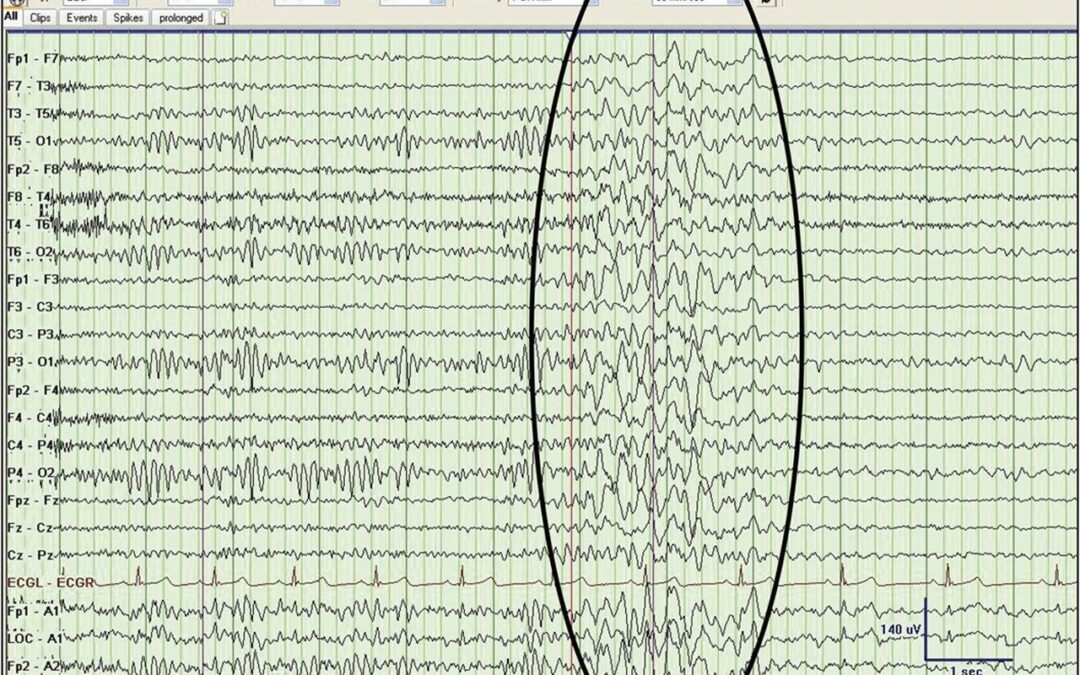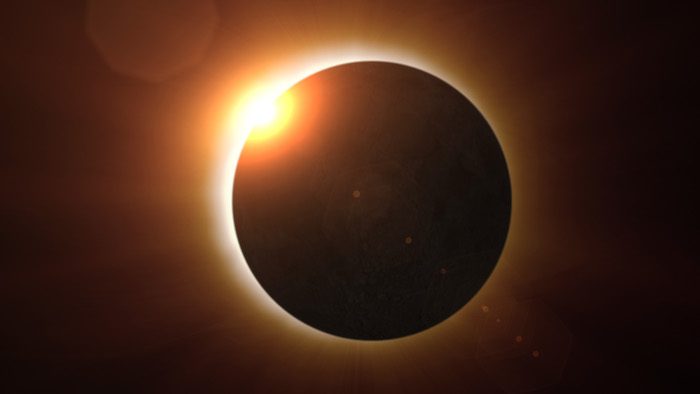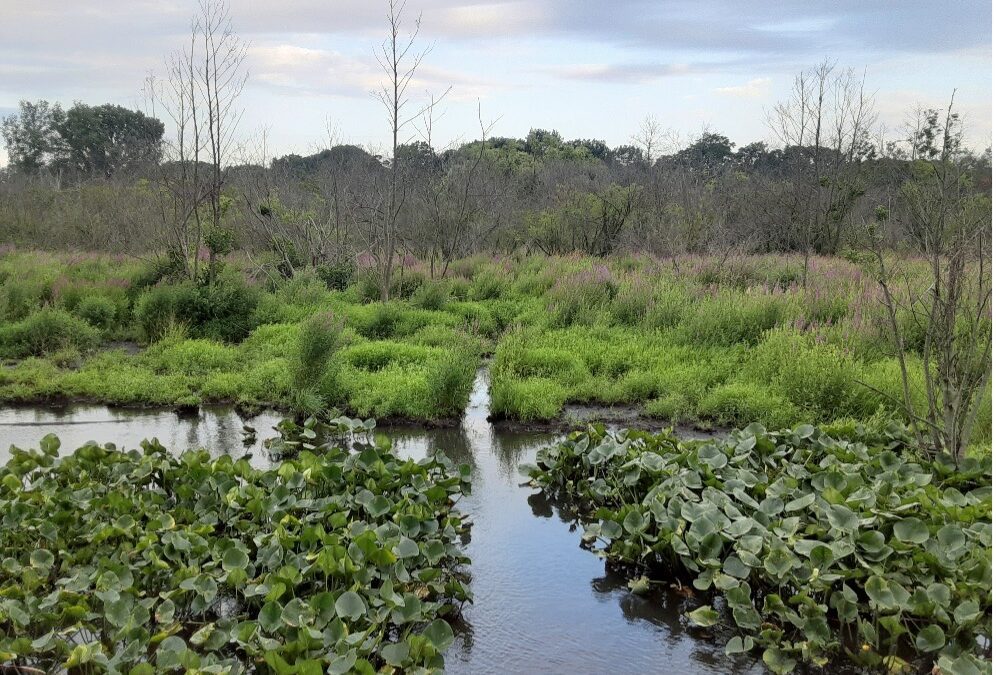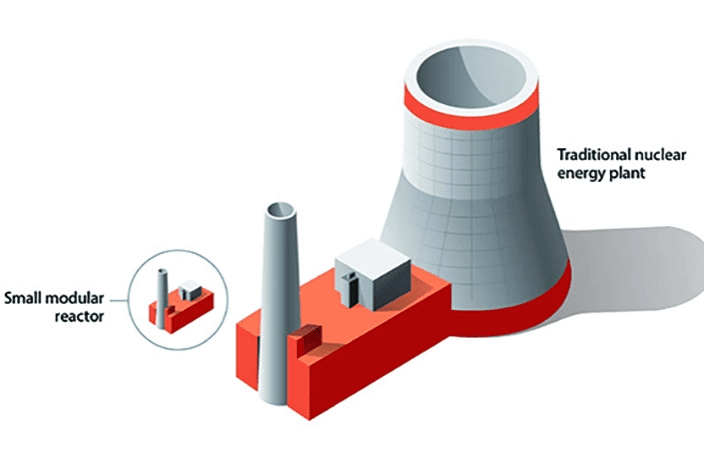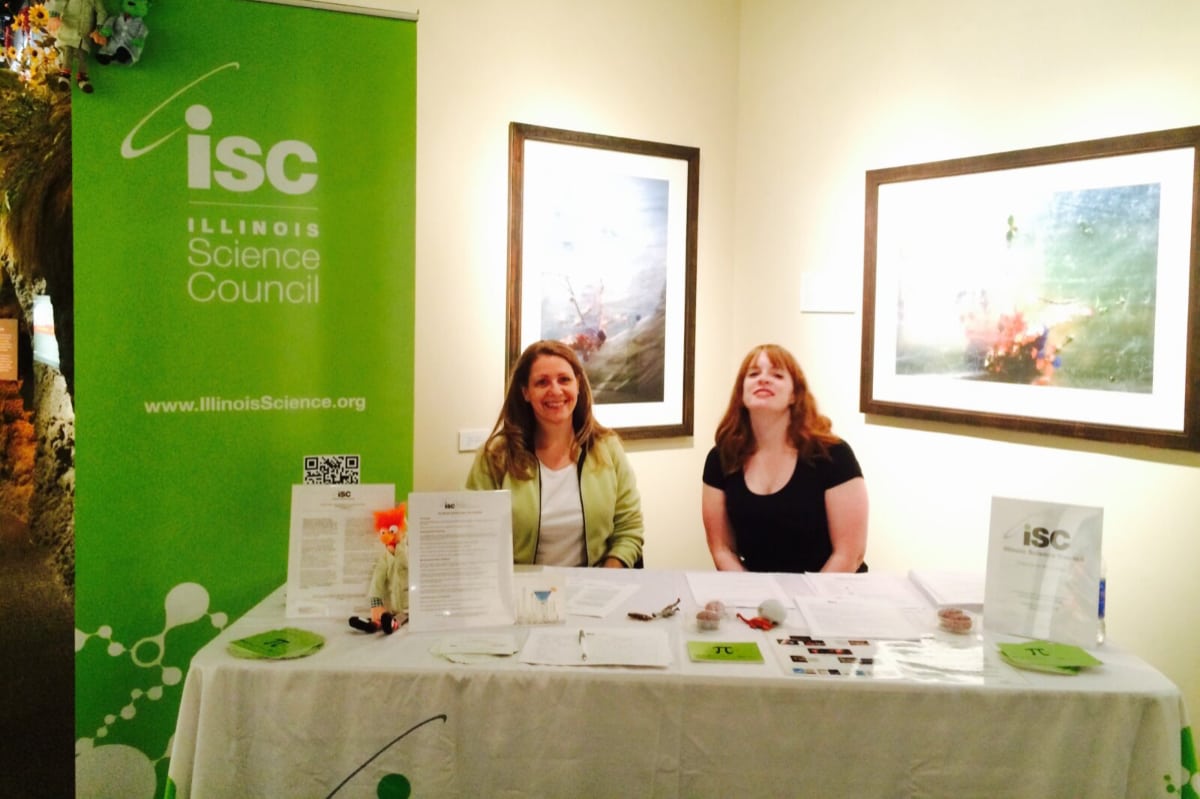It seems like every year there’s a new miracle food. First it was kale, then it was açai bowls, and now kombucha (pronounced come-BOOCH-uh) is the new health craze. You may have heard friends or colleagues touting its benefits: “It prevents cancer!” “It fights off colds!” “It’s the fountain of youth!” Maybe you’ve recently hopped on the kombucha train, or have been drinking it for years, or, if you’re honest, maybe you have absolutely no idea what it is. (It’s a fermented tea drink, in case you were wondering).
Well, you’re in the right place! Let’s learn more about the science behind kombucha. We’ll explore how it is made and how it interacts with our bodies. And spoiler alert: while it’s probably not the fountain of youth, evidence suggests it could be really, really good for us.
The origins
Kombucha was first brewed in northeastern China in about 220 B.C. (that’s about 2200 years ago!) for its health benefits, mainly for detoxifying and energizing. About 600 years later, it was brought to Japan to cure the Emperor’s digestion issues. As trade routes expanded, the use of kombucha spread to Russia, and then to Europe and North Africa, and now to the United States. In the 1960s, Swiss researchers reported that drinking kombucha was as healthy as eating yogurt, and the health craze began.
How it’s made

The SCOBY is the layer of “tea fungus” that sits on top. The drinkable kombucha lies below it.
The building blocks of kombucha are black tea, sugar, and a SCOBY, short for Symbiotic Culture Of acetic acid Bacteria and Yeast. When you let these ingredients hang out together in a glass container for one to two weeks, fermentation happens.
Fermentation is the process bacteria and yeasts use to obtain energy, and it’s different from how you and I fuel up. When we humans eat food, a process called cell respiration occurs in our bodies. Cell respiration is how our cells break down the molecules in our food to liberate energy, which we then use for things like running and jumping. For us, oxygen is a super important component of this process, which is why we’re always breathing. But for bacteria and yeasts, oxygen isn’t important at all. Fermentation is their process of partially breaking down sugars to release a little bit of energy, and it all happens in the absence of oxygen. In the process, ethanol (alcohol) is produced. The yeasts and bacteria in the SCOBY then use the ethanol to produce acetic acid (vinegar). That’s right, alcohol and vinegar are the byproducts of the bacterial digestive process. Fermentation is also used to produce beer and wine, along with cheese, bread, kimchi, and lots of other delicious foods. Kombucha ends up with very little alcohol, however, usually less than 0.5%.

The reactions that occur during fermentation to give you alcohol. (Kahn Academy)
During fermentation, the SCOBY also interacts with polyphenols, the micronutrients in the tea leaves, to create new organic compounds. These compounds lower the acidity of the liquid and prevent unwanted microorganisms from growing in the environment. In the fermentation process, carbon dioxide is also released as a byproduct, making the same kind of delightful bubbles you’ll find in sodas and seltzer waters. And last but not least, fermentation generates a new layer of SCOBY (termed the “daughter”) which floats on top of the original SCOBY (termed the “mother”).
At the end of this process, your kombucha will be slightly acidic, slightly sweet, slightly bubbly, and you can add additional flavors to liven it up, such as ginger, lemon, fruit juice, or herbs. Now, what about those health benefits we were talking about?
Health benefits

Many different food and drink products are made by the process of fermentation. Different organisms will create different byproducts in this reaction, giving you different types of products.
To make a long story short, there have been no studies directly testing kombucha’s effects on humans (a.k.a. human clinical trials). Therefore, we have absolutely no definitive answer as to how kombucha works in our bodies. But, that doesn’t mean it’s not healthy. Many studies looking at kombucha’s effects on cells and animals suggest a plethora of benefits.
To start, the black tea itself is good for you. Epidemiological studies strongly suggest that those polyphenols in tea can prevent cancers and other diseases by defending against UV radiation and pathogens. The science? Polyphenol molecules bind to electrons (or free radicals) which, left on their own, would cause damaging reactions in cells.
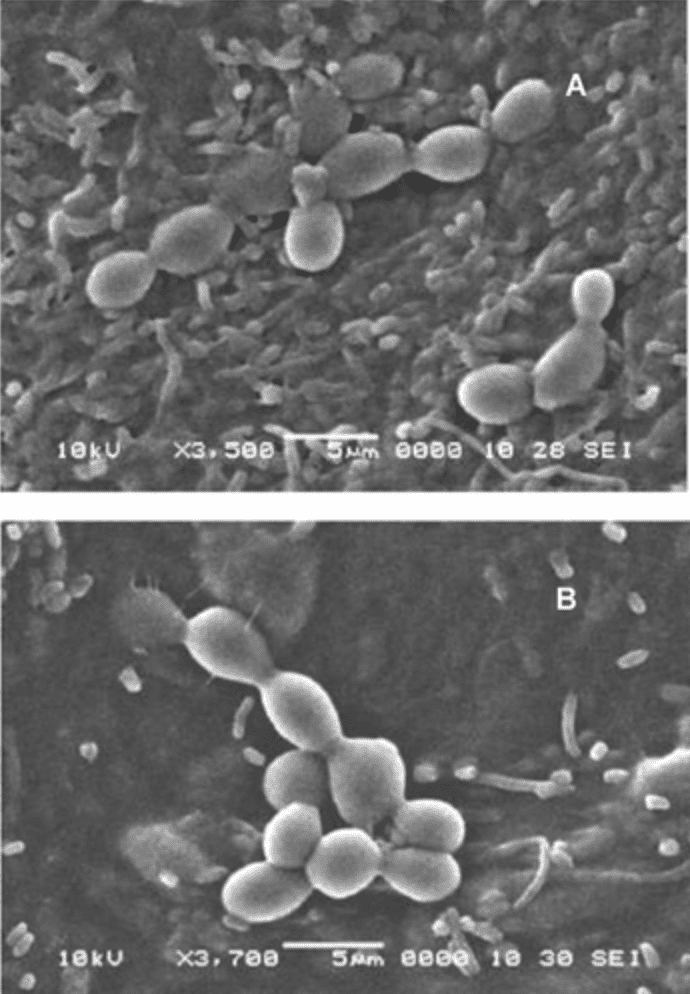
Electron microscope view of the yeasts and bacteria in a SCOBY (El‐Taher 2011).
Because of the SCOBY and fermentation, kombucha contains all sorts of healthy bacteria and probiotics that research suggests support gut health. Check out a previous post exploring the microbiome and how healthy bacteria and probiotics can produce all sorts of benefits mentally and physically.
Numerous kombucha-specific studies, mostly in mice and rats, have suggested benefits such as blood sugar regulation, cell longevity, diabetes prevention, antioxidative properties that prevent those damaging reactions in cells described above, stomach ulcer healing, among others. Kombucha has also been shown to have antimicrobial and antibiotic functions. Further research is needed to confirm that these benefits also hold true for humans, but all this evidence suggests kombucha can be a great addition to a healthy diet.
Surprising benefits of cellulose
Not only does kombucha likely have health benefits, the cellulose film of SCOBY that rests on top and does all that fermentation can also be put to work in other ways. In ancient times, this cellulose was used to treat wounds. Now, it is used both for the treatment of skin burns and as a natural absorbent to remove metal pollutants from wastewater. It can even be used to produce cellulose-based chemicals. Not bad for the funky looking thing that floats on top of kombucha!
Conclusion
Now that you know the science behind kombucha, are you going to hop on the bandwagon? As always with health crazes, it’s important to understand the science (or lack thereof) behind different foods and products touted as “curing cancer” or “the fountain of youth” and the like. Reading up on the research and being critical of claims is important. More research is needed to confirm that kombucha really is all it’s cracked up to be, so stay tuned. And if you’ll be cracking open a cold bottle of kombucha this summer, enjoy!
Jackie is a Ph.D. student in neuroscience at Northwestern University and is an Associate Editor of the Illinois Science Council Blog

